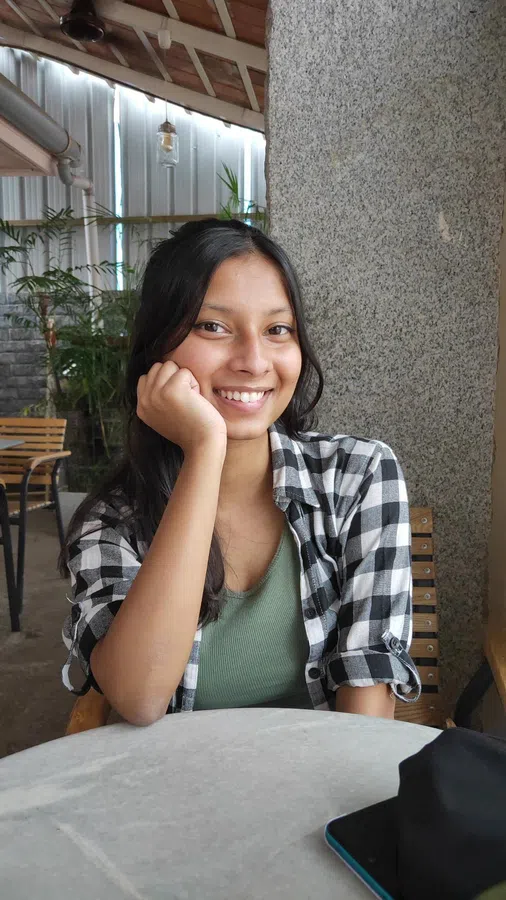Who Were The Female Firsts in Indian Cinema?
8 minuteRead
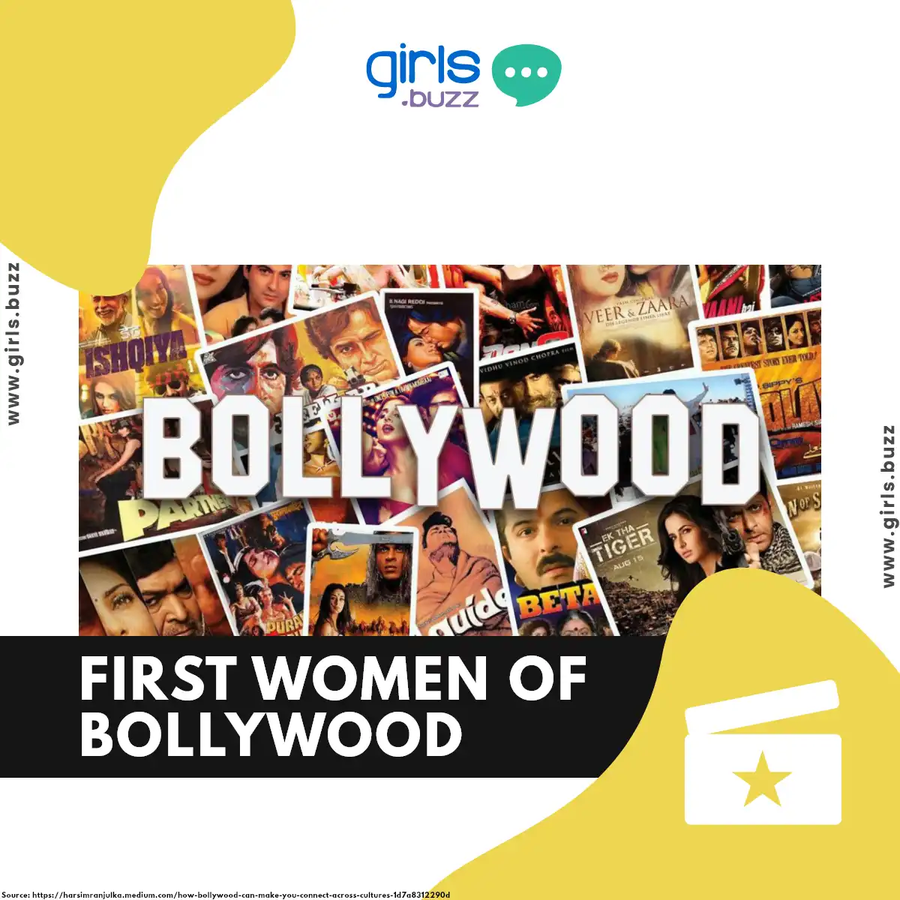
Women have left their mark in every industry, even Indian cinema has been touched by their legacy. Here are some of the women who have set a benchmark in the industry by their work.
Director - Fatma Begum
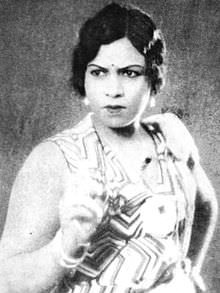
Source: FeminismIndia
Born in 1892, Fatma Begum was something of an icon in Indian cinema. She was an actress, a screenwriter, and is also considered the first female film director in Bollywood. In the year 1926, she founded her very own production house which was known as Fatma Films, which later went on to become Victoria-Fatma Films. In the same year, she directed her first film called Bulbul-e-Paristan. In the span of four years, she wrote the scripts for, directed, as well as produced several films. A mother to three children, Fatma’s career in cinema began in the Urdu stage. Back in the 20th century, it was commonplace for men to take on the roles of women, so Fatma had become famous very quickly as a female superstar.
Her fair skin and dark make-up were portrayed beautifully in the black and white imagery of the cinema then. She eventually became the pioneer in the field of fantasy cinema - she used trick photography to bring about special effects in those times. While continuing to appear in her own work and simultaneously producing it, Fatma even worked with two studios (Kohinoor Studios and Imperial Studios) back in 1938, which was when she appeared in her last film. The last film that she directed was in 1929, which was called Goddess of Luck.
Editor - Saraswatibai Phalke
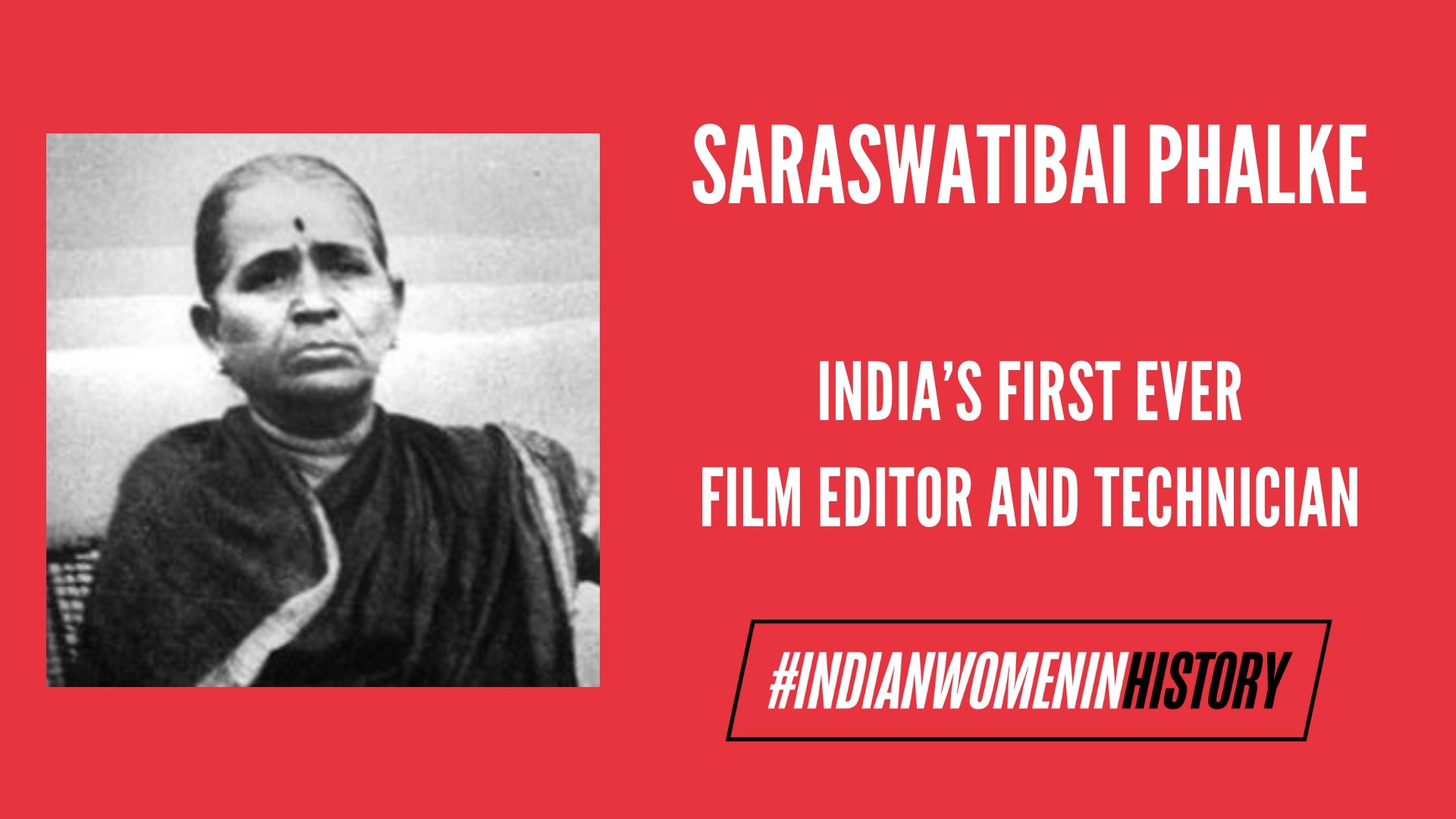
Source: FeminismIndia
Born as Kaveri Karandikar in the year 1888, Saraswatibai Phalke got married to Dadasaheb Phalke in the year 1902 when she was 14 years old. As Dadasaheb was a widower then, he was initially quite reluctant to marry a girl who was around 20 years younger than him. He later gave in to pressure put on him by his family. Apart from providing support for her husband’s filmmaking while his friends and family scoffed at him, Saraswatibai also actively participated in it. She worked tirelessly on his sets, helped out with the technology of the time, mixed all the chemicals that were used to develop the film, and even perforated the raw sheets of films. Memorable for having tirelessly held on to white bed sheets as makeshift light during hot afternoons, Saraswatibai made her mark on the film sets. She would also prepare meals for the 60-70 people strong crew and side by side, fulfilling her gender role of nurturing and bringing up her children.
Additionally, not only was she involved in the production aspect of film but also would participate in several brainstorming sessions with her husband and lent her own creative inputs. It is quite unfortunate that she never gained the same popularity as her husband, despite her immense contribution to filmmaking. In a book called Lights…Camera…Action! The Life and Times of Dadasaheb Phalke that was published in the year 2016, her role was recognized and her position as a creative collaborator made apparent. Perhaps the most impressive aspect about Saraswatibai Phalke was that she pursued her passion for filmmaking while simultaneously needing to be a homemaker as well as a caregiver.
Cinematographer - B. R. Vijayalakshmi
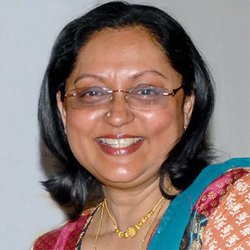
Source: Nettv4u
Having worked as an interior designer before entering the field of cinema, B. R. Vijayalakshmi became a Director of Photography at a time when girls were forbidden from coming out of their prescribed roles as heroine or singer. She went to pursue her passion and attended film school and later enrolled in cinematography. In the year 1985, Lakshmi became the first woman in Asia to have been behind the camera. Assisting Ashok Kumar as a camera assistant was when she started her career. He convinced her to leave film school and work with him on the Tamil film Nenjathai Killathe and then continued to work on almost 30 different films over the next few years. 1985 marked the year in which her feature film made its debut - Chinna Veedu. She was responsible for having written the script for a Malayalam film known as Daddy in 1992, and she even worked on many different television series, such as Velan and Raja Rajeswari. 1995 was when Lakshmi made her directorial debut through the film Paattu Padava, in which she was responsible for scriptwriting and cinematography.
The film earned accolades after being screened at the International Film Festival of India in the year 1996 and became famous for its songs. Additionally, she even brought computer graphics to life in Tamil TV shows. It was after her wedding that she decided to leave films and enter television. She was appointed as the creative head of the Indian music company known as Saregama, and in 2005, she went on to become the business head of the Television Software Division in the same company.
Actress - Durgabai Kamat

Source: iDiva
Born in the year 1899, Durgabai Kamat was originally a Marathi actress who is considered to be the first actress of Indian Cinema. In the early 20th century, it was commonplace for women to steer clear of acting in both film and theatre. This was imposed to such an extent that the father of Indian cinema, Dadasaheb Phalke, was known to employ the help of male actors to play female characters in his film Raja Harishchandra (which was the first Indian film). With the rise of the film’s fame, females were encouraged to take up acting, which is when Dadasaheb decided to introduce Durgabai in his second movie which is called Mohini Bhasmasur in the year 1913. She played the leading lady, Parvati, and after her debut, several other actresses came to work in Indian cinema.
Playback Singer - Rajkumari Dubey

Source: Wikipedia
Born in 1924, Rajkumari Dubey was the first female Indian playback singer who sang for Hindi cinema in the 1930s and 40s. Better known by her first name, Rajkumari became well-known for her songs Sun Bairi Baalam Sach Bol Re that appeared in Bawre Nain (1950) and “Ghabaraa Ke Jo Hum Sar Ko Takraayan” in Mahal (1949). Hailing from Varanasi, Rajkumari joined the Hindi cinema at the age of 11 as a child actor. Later on, she went to work in theatre for a couple of years before eventually returning to films. She joined Prakash Pictures as a singer and an actress and was known to have a very soft and sweet voice with a narrow singing range. In the coming decades, she sang for nearly a hundred films up until the early 1950s, which is when Lata Mangeshkar entered the play-back singing scape.
At the early age of 10, Rajkumari recorded her first-ever song for His Master’s Voice in the year 1934, and this marked the beginning of her career as a stage artist. During one of her shows, she was spotted by Vijay and Shankar Bhatt of Prakash Pictures, who were able to persuade her to discontinue acting (as it would spoil her voice). After quitting, she became an employee of the same Prakash Pictures as a singer.
Music Director
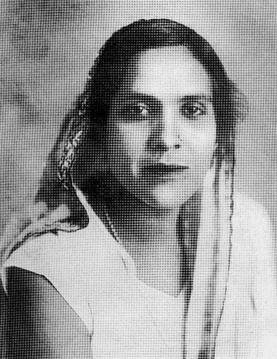
Source: Wikipedia
Born in 1892, Jaddanbai Hussain was the first Indian music composer. Apart from that, she was also a singer, dancer, actress, and filmmaker, which was why she was considered as one of the pioneers of Indian cinema. She was the mother of the well-known actress Nargis, as well as Akhtar and Anwar Hussain. She gained popularity for her music and became even more famous than her mother. She started recording ghazals with the recording company Columbia Gramophone Company. Soon after, she would participate in music sessions and was invited into several princely states by their rulers such as Bikaner, Gwalior and Jammu so that she could perform mehfils.
Later on, in the year 1933, she started acting when a company from Lahore (Play Art Photo Tone Company) approached her for a role in the movie Raja Gopichand. She played the role of the mother of the protagonist. After that, she worked for a film company based in Karachi, for a movie called Insaan ya Shaitan. She went on to work for two other films, Seva Sadan and Prem Pariksha, before going on to start her own production company, which was called Sangeet Films. In 1935, this company produced Talashe Haq, for which she composed the music and also acted. The next year, 1936, was when she acted in, directed and wrote the music for the movie Madam Fashion.
Stuntwoman - Fearless Nadia
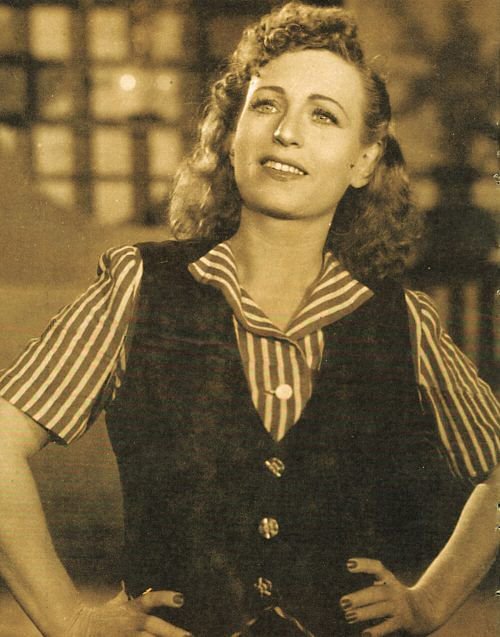
Source: thebetterindia
Popularly known by her stage name Fearless Nadia, Mary Ann Evans was born in the year 1908 who was from Australia. She worked on the sets of Hindi cinema as an actress and a stuntwoman, and she was widely remembered as the cloaked and masked adventurer in the movie Hunterwali, which was released in the year 1935. The movie was considered the earliest Indian film which was led by females. As a theatre artist, Mary toured India and also worked for Zarko Circus in 1938. Having been introduced to Hindi films by Jamshed Wadia (founder of Wadia Movietone, the stunts and action giant in early 20th century Mumbai), she bemused him by insisting that she try out for the movies. He took a chance and gave her a cameo role as a slave girl for the film Desh Deepak.
In this film, the colour sequence was hand-painted which highlighted her blonde hair and twinkling blue eyes. She also got cast as Princess Parizaad in the film Noor-e-Yaman. She was a tremendous hit with all the viewers, and this made Wadia consider all her skills at performing circus and stunts. This was when he decided to help her develop into a star. In her late 50s, during the years 1967-68, Mary played a role in a James Bond spoof film which was known as Khiladi.
Costume Director - Bhanu Athaiya
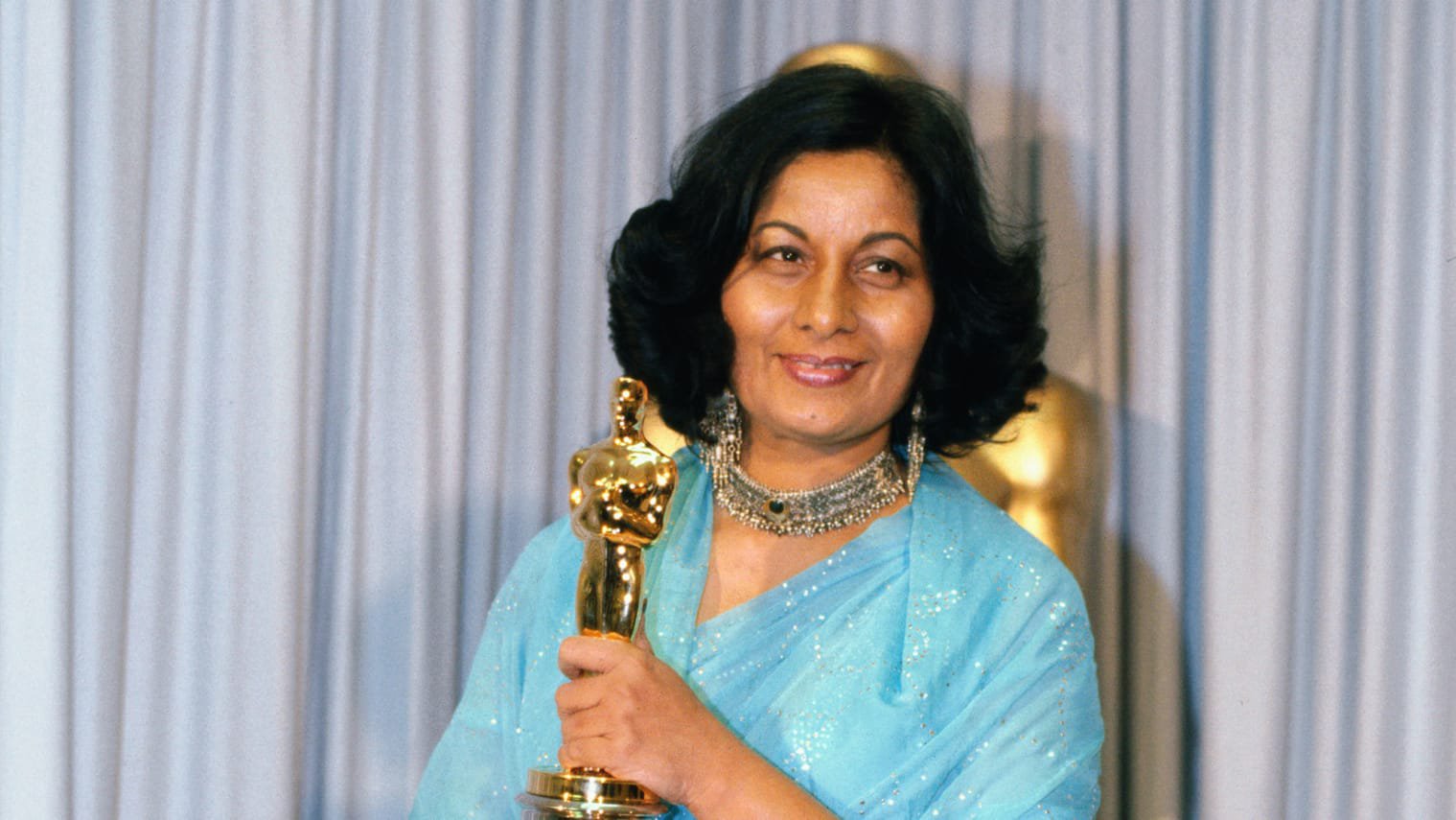
Source: cnn
Born Annasaheb Rajopadhye, Bhanu Athaiya was the first female costume designer whose immense contribution in over 100 films brought to life some of the most noteworthy costumes. She worked alongside Indian film giants such as Guru Datt, Raj Kapoor and Yash Chopra, as well as international directors like Richard Attenborough. In the year 1982, she was also the first Indian to ever win an Academy Award, which was for her commendable work on the costumes of the movie Gandhi. She began her fruitful career as a fashion illustrator on a freelance basis for many different women’s magazines in Mumbai, such as ‘Eve’s Weekly’. Sometime later when the editor of this magazine decided to open a boutique, Athaiya was asked to try to design dresses, and this was when she stumbled across her own flair for the same.
Her immense success in this field led her to switch career paths, and she soon was designing clothes for Guru Dutt’s films and became a valuable addition to his film crew. She made her debut in the year 1956 for having designed the costumes in the film C.I.D., and then went on to work on other films like Pyaasa and Chaudhvin Ka Chand. Her career spanned around 5 decades and she received several awards, apart from her Academy Award. In the years 1991 and 2002, she won two National Film Awards.
Write, Record and Answer! Consume Unlimited Content! All you need to do is sign in and its absolutely free!
Continue with one click!!By signing up, you agree to our Terms and Conditions and Privacy Policy.




